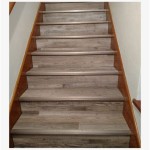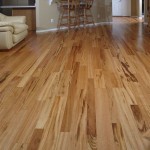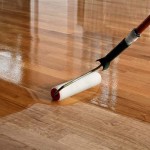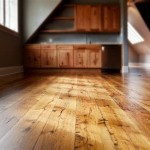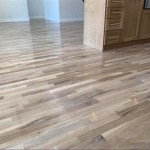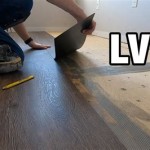How to Waterproof a Bathroom Subfloor
Waterproofing a bathroom subfloor is a crucial step in preventing water damage and ensuring the longevity of your bathroom. A waterproof subfloor creates a barrier between the subfloor and the flooring materials, protecting them from moisture and preventing rot, mold, and mildew growth.
1. Preparation
Before waterproofing, ensure the subfloor is clean, dry, and level. Remove any debris or old flooring materials. Level the subfloor using a self-leveling compound if necessary.
2. Choosing a Waterproofing Membrane
Several waterproofing membranes are available, including:
- Sheet membranes: These are rolls of waterproof material installed over the subfloor.
- Liquid membranes: These are applied as a liquid that dries to form a waterproof barrier.
- Membrane boards: These are boards with a pre-applied waterproofing membrane on one or both sides.
3. Installing the Membrane
The installation method varies depending on the type of membrane used. For sheet membranes, overlap the sheets by at least 6 inches and seal the seams with waterproof tape. For liquid membranes, apply multiple coats according to the manufacturer's instructions. For membrane boards, simply install them as regular subfloor.
4. Joining Floor and Wall
Extend the waterproofing membrane up the walls by at least 6 inches to prevent water from seeping behind the flooring. Seal the joint between the floor and wall with waterproof caulk or an expansion joint.
5. Protect the Membrane
Before installing the flooring, cover the waterproofing membrane with a layer of thin-set mortar or cement backer board to protect it from damage during flooring installation.
6. Install Flooring
Install your chosen flooring material, such as tile, vinyl, or laminate, according to the manufacturer's instructions. Use waterproof grout or caulk for tile and vinyl installations.
7. Inspection and Maintenance
After completing the installation, inspect the waterproofing membrane for any damage or leaks. Regularly check for signs of water damage, such as discoloration, mold, or mildew, and address any issues promptly.
By following these steps, you can effectively waterproof your bathroom subfloor and protect it from moisture damage. This will ensure a longer-lasting, healthier, and more comfortable bathroom environment.

Bathroom Subfloor Features Benefits Cost And Types

Condo Blues How To Prep A Wood Subfloor For New Tile

How To Waterproof A Bathroom Floor Using Schluter Ditra Underlayment Over Wood Subfloor

3 Shower Pan Choices For A Solid Tile Floor Installation Fine Homebuilding
How To Waterproof A Bathroom Floor Using Schluter Ditra Underlayment Over Wood Subfloor

Waterproofing Microcement Within A Bathroom Wetroom Poured Resin And Concrete Flooring

How To Waterproof Bathroom Floors Hydro Ban Method By Home Repair Tutor

Best Bathroom Flooring Options
Preparing The Bathroom Floor For Tiling Blog Homeandawaywithlisa
Bathroom Floor Waterproofing Options And Repairs Ceramic Tile Advice Forums John Bridge
See Also
